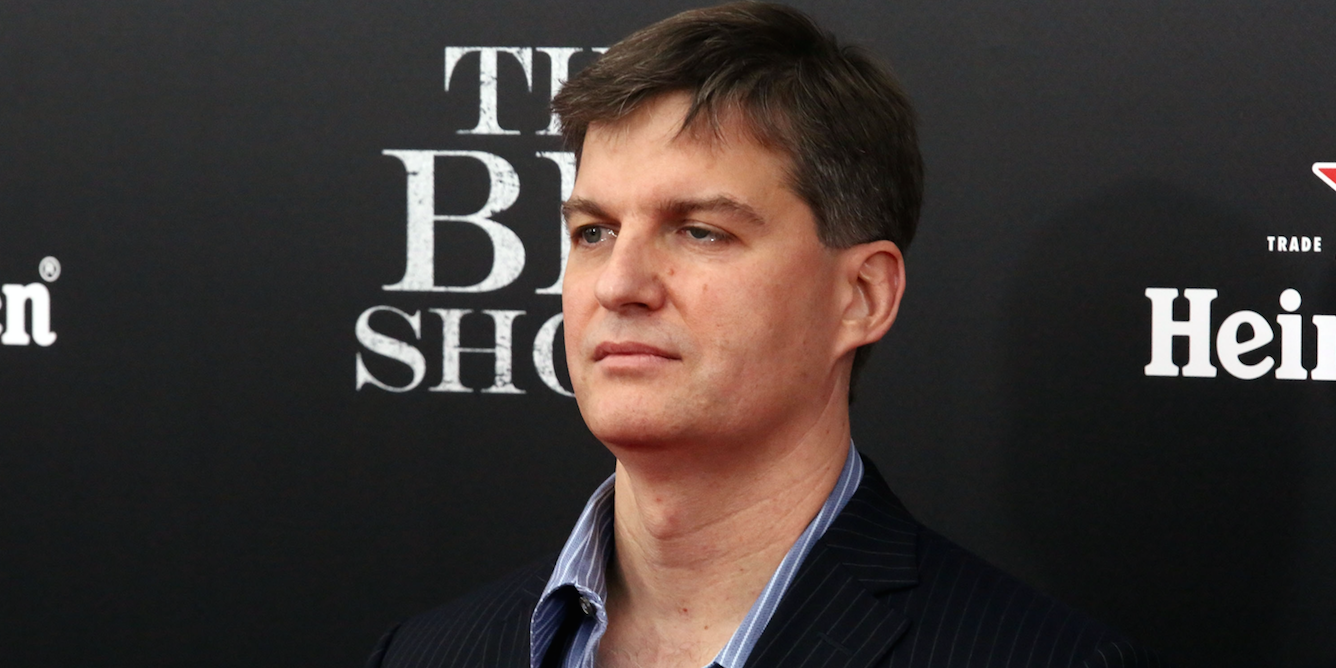“Big Short” investor Michael Burry took to Twitter after months with a cryptic tweet that seemed like a nod to the 1970s. The ’70s, dubbed as a period of “Great Inflation,” showed high inflation can have a devastating effect on an economy. His tweet may have also been a reference to the energy crisis of the ’70s, since oil prices are skyrocketing now. Loading Something is loading.
Michael Burry returned to Twitter after an absence of more than three months, apparently to remind his followers that the current market environment is reminiscent of unexpected inflation in the 1970s.
“1977 says Hello,” the famed investor said in a Thursday tweet, posting a picture of himself at the age of 6.
—Cassandra (@michaeljburry) March 10, 2022His tweet was likely a reference to the period of stagflation that occurred in the 1970s, when the US entered a recession but the inflation rate topped 12%, thanks to an oil embargo, and the effect of monetary and fiscal policies.
The decade has been dubbed a time of “Great Inflation” that showed stagflation — a brutal combination of stagnant economic growth and high inflation — can have damaging economic consequences. Before that, experts believed price rises would cool if an economy slowed, as it would dampen demand.
The Ukraine war has sent commodities prices soaring, given major supplier Russia is facing tough sanctions. That has raised concerns of a knock-on effect on consumer prices for energy and food.
Economists have warned that complacency by the Federal Reserve and persistent high inflation could put the US economy back in the grip of stagflation, which it was battling even before the conflict.
Burry flagged inflation as early as April 2020, when the COVID-19 pandemic was still in its early stages, and warned the situation could rival America’s inflationary crisis in the 1970s. His prediction was proved right multiple times, as inflation gauges in the last two years have repeatedly hit decade-highs.
The US Consumer Price Index — a popular measure of inflation — marked a 40-year high of 7.5% in January, and billionaire “Bond King” Jeff Gundlach has warned US inflation could hit 10% sometime this year.
Burry might also have been referring to the last energy crisis in the 1970s. An Arab oil embargo, in response to the US’ support of Israel during the Yom Kippur war, went into effect in October 1973 — and crude prices immediately jumped 300%, from $3 per barrel to $12.
Oil prices now are soaring in response to Russia’s invasion of Ukraine, with crude teasing $120 a barrel in recent days.
Burry is known to leave Twitter repeatedly, having done so at least twice in 2021. His tweets are closely watched by the finance community, after his iconic billion-dollar bets during the US housing market bubble that developed in the mid-2000s.
The investor of “The Big Short” fame and head of Scion Asset Management was one of the first to predict and profit from the subprime mortgage crisis.
His last noteworthy tweet was in November, when he slammed Elon Musk’s stock-selling spree. He suggested Musk might want to sell some Tesla stock to cover his personal debts.
Through his header photo, Burry also subtly compared the then-market environment to the Dutch tulip bubble. That header image hasn’t been replaced since.
Read More: A Chinese tycoon reportedly got squeezed in the global nickel market and faced billions in losses. Here’s how the short squeeze happened and 7 things you need to know about ‘Big Shot.’
